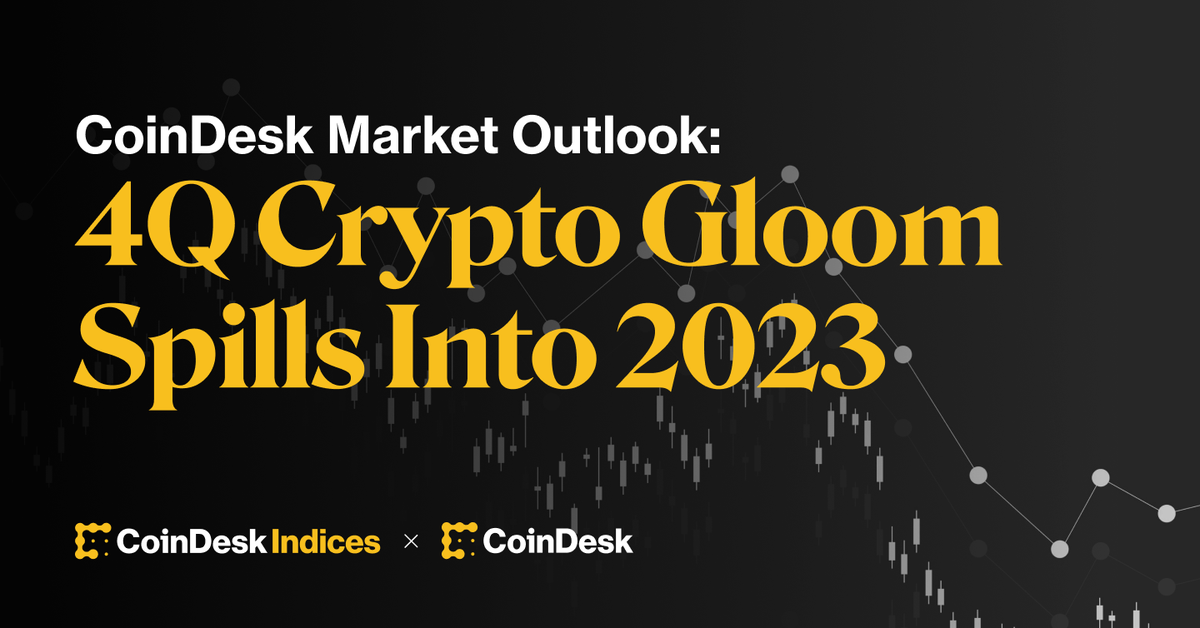The year 2023 was a rollercoaster for the global economy, especially for the crypto market, which was a hotbed of misplaced predictions and missed forecasts. From wildly optimistic valuations that never saw the light of day to doomsday recession forecasts that fizzled out, it’s clear that predicting the financial future is more art than science. This review takes a dive into the most notable financial forecast flops of the past year, specifically in the crypto sector, where reality often had other plans.
The Rise and Stumble of Crypto Predictions
The crypto world witnessed a myriad of forecasts in 2023, many of which missed their mark. Bitcoin’s journey was particularly noteworthy. Starting from a modest $16,800 at the end of 2022, it rocketed to approximately $44,000 by December 2023, a sharp contrast to Jim Cramer’s advice on CNBC’s “Mad Money” to liquidate all crypto holdings. This advice, especially regarding Bitcoin, proved to be ill-fated as Bitcoin soared over 150% post-Cramer’s proclamation. Cramer’s fluctuating stance towards crypto has become a recurring theme, often leading to amusement and skepticism within investment circles.
Litecoin, another major player in the crypto arena, was at the center of a bold prediction by Ben Armstrong, also known as Bitboy. He projected Litecoin to reach a high of $500 by the end of the year. This prediction was based on an analysis of the coin’s market capitalization and supply, despite Litecoin not being a primary choice for many new investors. However, Litecoin’s performance was far from this forecast, ending the year around $73, despite a mid-year peak.
Wall Street and Crypto Celebrities: Misfires and Missed Targets
Wall Street wasn’t immune to the trend of misguided forecasts either. Notable economists and banks predicted a gloomy year for the global economy, with Joseph LaVorgna of SMBC Nikko Securities America citing potential recessions. Despite these foreboding predictions, a major recession remained at bay, although the economic landscape continued to be shrouded in uncertainty.
In the crypto-specific sphere, Tim Draper’s bullish stance on Bitcoin reaching $250,000 in 2023, driven by an expected increase in female involvement, did not materialize. In stark contrast, Standard Chartered’s prediction swung to the other extreme, suggesting Bitcoin could plummet to $5,000. Both these predictions stood in stark contrast to Bitcoin’s actual performance.
The crypto predictions weren’t limited to currencies alone. The Block’s research director, Eden Au, predicted a major shift in the stablecoin hierarchy, with USD Coin (USDC) overtaking Tether (USDT). However, by the end of the year, USDT maintained its dominant position. Additionally, The Block CEO Larry Cermak’s expectation of Ethereum outperforming Bitcoin also fell short, with Bitcoin’s annual profit margin eclipsing Ethereum’s.
On the NFT front, Jamie Burke of Outlier Ventures predicted a booming year for the sector, driven by major investments from Web2 brands. Instead, the NFT market saw a decline, with a drop in active wallets and monthly sales, although a few projects like CryptoPunks and Bored Ape Yacht Club held their ground.
In conclusion, 2023 was a year that humbled forecasters in the crypto world. From television personalities to Wall Street experts, many faced the harsh reality that the crypto market is an unpredictable beast. As we move forward, these missteps serve as a reminder that in the world of crypto, certainty is a luxury, and the only predictable aspect is its unpredictability. As the market continues to evolve, one can only wonder what unforeseen turns it will take in the coming years.





